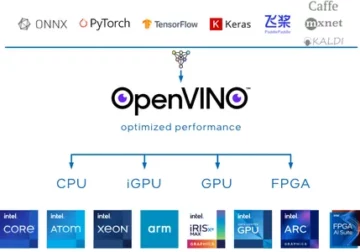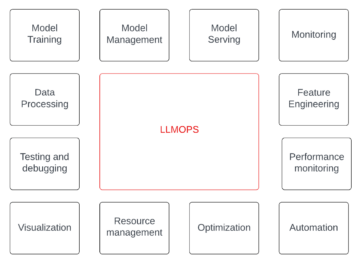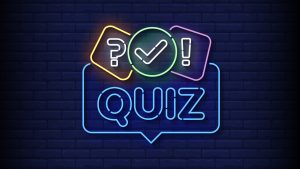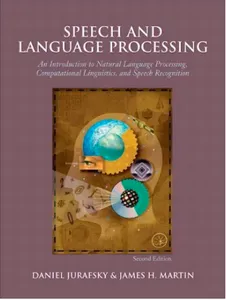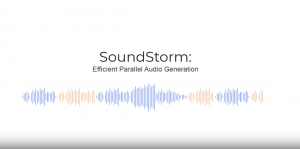Introduction
Do you feel lost whenever you plan to start something new? Need someone to guide you and give you the push you need to take the first step? You’re not alone! Many struggle with where to begin or how to stay on track when starting a new endeavor.
In the meantime, reading inspirational books, podcasts, and more is natural for creating a path you plan to take. After gaining the motivation to start something, the first step for everyone is to decide “WHAT I WANT TO LEARN ABOUT.” For instance, you might have decided what you want to learn, but just saying, “I want to learn deep learning,” is not enough.
Interest, dedication, a roadmap, and the urge to fix the problem are the keys to success. These will take you to the pinnacle of your journey.
Deep learning combines various areas of machine learning, focusing on artificial neural networks and representation learning. It excels in image and speech recognition, natural language processing, and more. Deep learning systems learn intricate patterns and representations through layers of interconnected nodes, driving advancements in AI technology.
So, if you ask, do I need to follow a roadmap or start from anywhere? I suggest you take a dedicated path or roadmap to deep learning. You might find it mundane or monotonous, but a structured learning or deep learning roadmap is crucial for success. Further, you will know all the necessary deep learning resources to excel in this field.
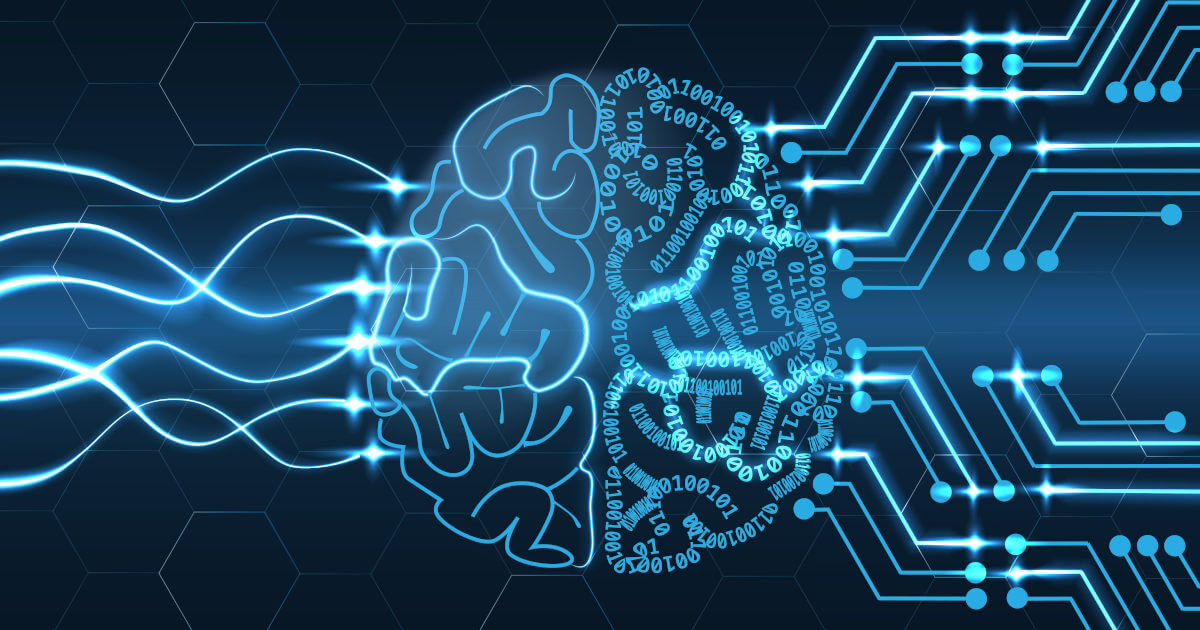
Table of contents
Let’s Start From the Beginning
Life is full of ups and downs. You plan, design, and start something, but your inclination toward learning changes with continuous advancement and new technology.
You might be good at Python, but machine learning and deep learning are difficult to grasp. This might be because deep learning and ML are games of numbers, or you can say math-heavy. But you must upskill in terms of the changing times and the needs of the hour.
Today, the need is Deep Learning.
If you ask, why is deep learning important? Deep learning algorithms excel at processing unstructured data such as text and images. They help automate feature extraction, reducing the reliance on human experts and streamlining data analysis and interpretation. It is not specific to this only; if you want to know more about it, go through this guide –
Deep Learning vs Machine Learning – the essential differences you need to know!
Moreover, if you do things without proper guidance or a deep learning roadmap, I am sure you will hit a wall that will force you to start from the beginning.
Skills You Need for a Deep Learning Journey
When you start with deep learning, having a strong foundation in Python programming is crucial. Despite changes in the tech landscape, Python remains the dominant language in AI.
If you want to master Python from the beginning, explore this course – Introduction to Python.
I am pretty sure if you are heading toward this field, you must begin with the data-cleaning work. You might find it unnecessary, but solid data skills are essential for most AI projects. So, don’t hesitate to work with data.
Also read this – How to clean data in Python for Machine Learning?
Another important skill is a good sense and understanding of how to avoid a difficult situation that takes a lot of time to resolve. For instance, in various deep learning projects, it will be challenging to decide – what’s the perfect base model for a particular project”. Some of these explorations can be valuable, but many consume significant time. Knowing when to dig deep and when to opt for a quicker, simpler approach is key.
Moreover, a deep learning journey requires a solid foundation in mathematics, particularly linear algebra, calculus, and probability theory. Programming skills are essential, especially in Python and its libraries like TensorFlow, PyTorch, or Keras. Understanding machine learning concepts, such as supervised and unsupervised learning, neural network architectures, and optimization techniques, is crucial. Additionally, you should have strong problem-solving skills, curiosity, and a willingness to learn and experiment continuously. Data processing, visualization, and analysis abilities are also valuable assets. Lastly, patience and perseverance are key, as deep learning can be challenging and iterative.
Also read this: Top 5 Skills Needed to be a Deep Learning Engineer!
Useful Deep Learning Resources in 2024
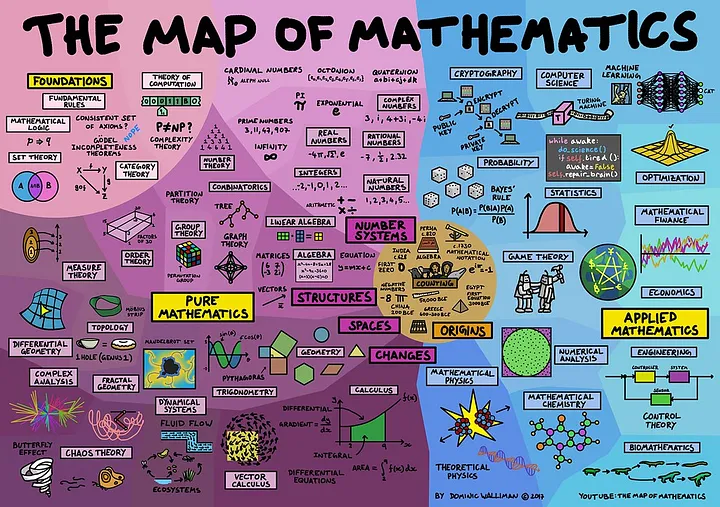
Kudos to Ian Goodfellow, Yoshua Bengio, and Aaron Courville for curating these deep-learning ebooks. You can go through these books and get the essential information. Further, I will brief you about these books and provide you with the required links:
Books on Applied Math and Machine Learning Basics
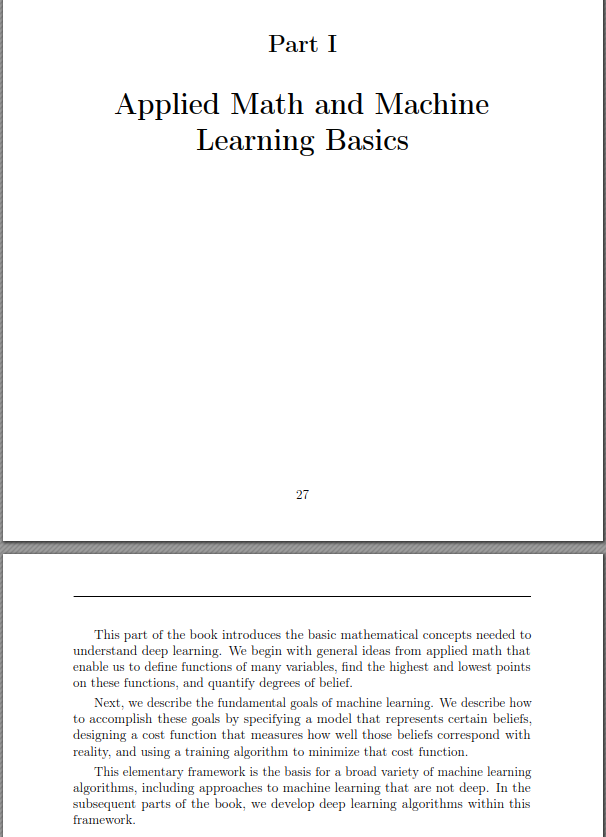
These books will help you understand the basic mathematical concepts you need to work in deep learning. You will also learn the general concepts of applied math that can assist you in defining the functions of multiple variables.
Moreover, you can also check out Mathematics for Machine Learning by Marc Peter Deisenroth, A. Aldo Faisal, and Cheng Soon Ong.
Here is the link – Access Now
Books on Modern, Practical Deep Networks

This section outlines modern deep learning and its practical applications in industry. It focuses on already effective approaches and explores how deep learning serves as a powerful tool for supervised learning tasks such as mapping input vectors to output vectors. Techniques covered include feedforward deep networks, convolutional and recurrent neural networks, and optimization methods. The section offers essential guidance for practitioners looking to implement deep learning solutions for real-world problems.
Books on Deep Learning Research
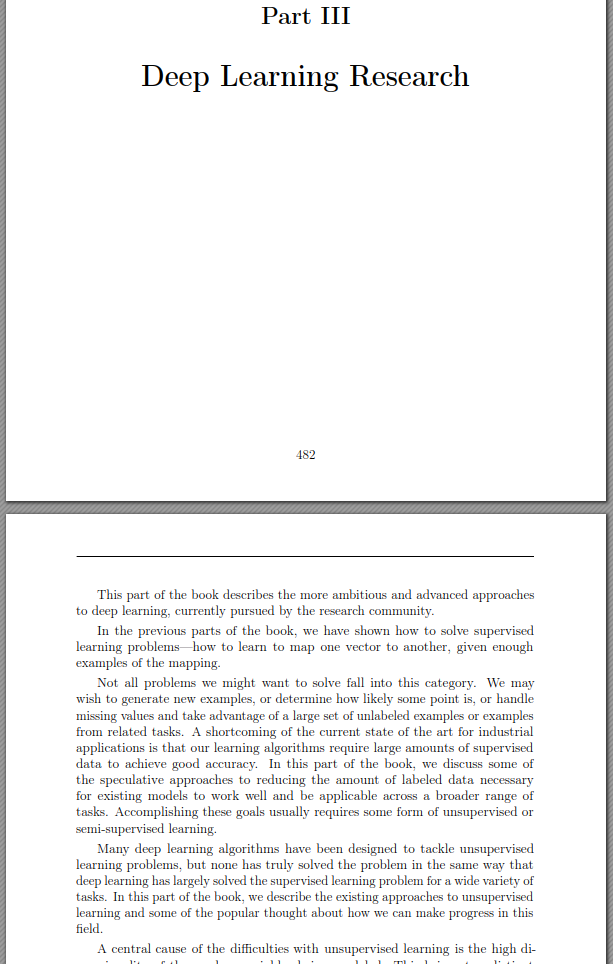
This section of the book delves into advanced and ambitious approaches in deep learning, particularly those that go beyond supervised learning. While supervised learning effectively maps one vector to another, current research focuses on handling tasks like generating new examples, managing missing values, and leveraging unlabeled or related data. The aim is to reduce dependency on labeled data, exploring unsupervised and semi-supervised learning to enhance deep learning’s applicability across broader tasks.
If you ask me for miscellaneous links to resources for Deep learning, then explore fast.ai and the Karpathy videos.
You can also refer to Sebastian Raschka’s tweet to better understand the recent trends in machine learning, deep learning, and AI.
Deep Learning Research Papers to Read
If you’re new to deep learning, you might wonder, “Where should I begin my reading journey?”
This deep learning roadmap provides a curated selection of papers to guide you through the subject. You’ll discover a range of recently published papers that are essential and impactful for anyone delving into deep learning.
Github Link for Research Paper Roadmap
Below are more research papers for you:
Neural Machine Translation by Jointly Learning to Align and Translate
Neural machine translation (NMT) is an innovative approach that aims to improve translation by using a single neural network to optimize performance. Traditional NMT models utilize encoder-decoder architectures, converting a source sentence into a fixed-length vector for decoding. This paper suggests that the fixed-length vector poses a performance limitation. To address this, the authors introduce a method that enables models to automatically search for relevant parts of a source sentence to predict target words. This approach yields translation performance comparable to the current state-of-the-art systems and aligns with intuitive expectations of language.
Attention Is All You Need
This paper presents a novel architecture called the Transformer, which relies solely on attention mechanisms, bypassing recurrent and convolutional neural networks. The Transformer outperforms traditional models in machine translation tasks, demonstrating higher quality, better parallelization, and faster training. It achieves new state-of-the-art BLEU scores for English-to-German and English-to-French translations, significantly reducing training costs. Additionally, the Transformer generalizes effectively to other tasks, such as English constituency parsing.
Switch Transformers: Scaling to Trillion Parameter Models with Simple and Efficient Sparsity
In deep learning, models typically use the same parameters for all inputs. Mixture of Experts (MoE) models differ by selecting distinct parameters for each input, leading to sparse activation and high parameter counts without increased computational cost. However, adoption is limited by complexity, communication costs, and training instability. The Switch Transformer addresses these issues by simplifying MoE routing and introducing efficient training techniques. The approach enables training large sparse models using lower precision formats (bfloat16) and accelerates pre-training speed up to 7 times. This extends to multilingual settings with gains across 101 languages. Moreover, pre-training trillion-parameter models on the “Colossal Clean Crawled Corpus” achieves a 4x speedup over the T5-XXL model.
LoRA: Low-Rank Adaptation of Large Language Models
The paper introduces Low-Rank Adaptation (LoRA). This method reduces the number of trainable parameters in large pre-trained language models, such as GPT-3 175B, by injecting trainable rank decomposition matrices into each Transformer layer. This approach significantly decreases the cost and resource requirements of fine-tuning while maintaining or improving model quality compared to traditional full fine-tuning methods. LoRA offers benefits such as higher training throughput, lower GPU memory usage, and no additional inference latency. An empirical investigation also explores rank deficiency in language model adaptation, revealing insights into LoRA’s effectiveness.
An Image is Worth 16×16 Words: Transformers for Image Recognition at Scale
The paper discusses the Vision Transformer (ViT) approach, which applies the Transformer architecture directly to sequences of image patches for image classification tasks. Contrary to the usual reliance on convolutional networks in computer vision, ViT performs excellently, matching or surpassing state-of-the-art convolutional networks on image recognition benchmarks like ImageNet and CIFAR-100. It requires fewer computational resources for training and shows great potential when pre-trained on large datasets and transferred to smaller benchmarks.
Decoupled Weight Decay Regularization
Decoupled Weight Decay Regularization
The abstract discusses the difference between L2 regularization and weight decay in adaptive gradient algorithms like Adam. Unlike standard stochastic gradient descent (SGD), where the two are equivalent, adaptive gradient algorithms treat them differently. The authors propose a simple modification that decouples weight decay from the optimization steps, improving Adam’s generalization performance and making it competitive with SGD with momentum on image classification tasks. The community has widely adopted their modification, and is now available in TensorFlow and PyTorch.
Language Models are Unsupervised Multitask Learners
The abstract discusses how supervised learning often tackles natural language processing (NLP) tasks such as question answering, machine translation, and summarization. However, by training a language model on a large dataset of webpages called WebText, it begins to perform these tasks without explicit supervision. The model achieves strong results on the CoQA dataset without using training examples, and its capacity is key to successful zero-shot task transfer. The largest model, GPT-2, performs well on various language modeling tasks in a zero-shot setting, though it still underfits WebText. These results indicate a promising approach to building NLP systems that learn tasks from naturally occurring data.
Model Training Suggestions
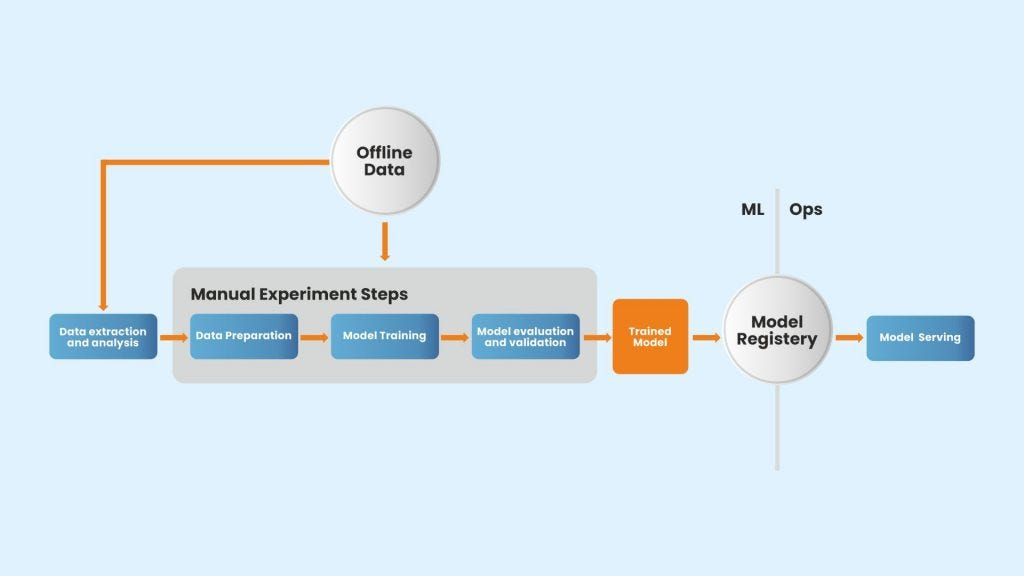
If you find training models difficult, fine-tuning the base model is the easiest way. You can also refer to the Huggingface transformer—it provides thousands of pretrained models that can perform tasks on multiple modalities, such as text, vision, and audio.
Here’s the link: Access Now
Also read: Make Model Training and Testing Easier with MultiTrain
Another approach is fine-tuning a smaller model (7 billion parameters or fewer) using LoRA. Google Colab and Lambda Labs are excellent options if you require more VRAM or access to multiple GPUs for fine-tuning.
Here are some model training suggestions:
- Data Quality: Ensure that your training data is high-quality, relevant, and representative of the real-world scenarios your model will encounter. Clean and preprocess the data as needed, remove any noise or outliers, and consider techniques like data augmentation to increase the diversity of your training set.
- Model Architecture Selection: Choose an appropriate model architecture for your task, considering factors such as the size and complexity of your data, the required level of accuracy, and computational constraints. Popular architectures include convolutional neural networks (CNNs) for image tasks, recurrent neural networks (RNNs) or transformers for sequential data, and feed-forward neural networks for tabular data.
- Hyperparameter Tuning: Hyperparameters, such as learning rate, batch size, and regularization techniques, can significantly impact model performance. Use techniques like grid search, random search, or Bayesian optimization to find the optimal hyperparameter values for your model and dataset.
- Transfer Learning: If you have limited labeled data, use transfer learning. This method starts with a pre-trained model on a similar task and fine-tunes it on your specific dataset. It can lead to better performance and faster convergence than training from scratch.
- Early Stopping: Monitor the model’s performance on a validation set during training and implement early stopping to prevent overfitting. Stop training when the validation loss or metric stops improving, or use a patient strategy to allow for some fluctuations before stopping.
- Regularization: Employ regularization techniques, such as L1/L2 regularization, dropout, or data augmentation, to prevent overfitting and improve generalization performance.
- Ensemble Learning: Train multiple models and combine their predictions using ensemble techniques like voting, averaging, or stacking. Ensemble methods can often outperform individual models by leveraging the strengths of different architectures or training runs.
- Monitoring and Logging: Implement proper monitoring and logging mechanisms during training to track metrics, visualize learning curves, and identify potential issues or divergences early on.
- Distributed Training: For large datasets or complex models, consider using distributed training techniques, such as data or model parallelism, to speed up the training process and leverage multiple GPUs or machines.
- Continuous Learning: In some cases, it may be beneficial to periodically retrain or fine-tune your model with new data as it becomes available. This ensures that the model remains up-to-date and adapts to any distribution shifts or new scenarios.
Remember, model training is an iterative process, and you may need to experiment with different techniques and configurations to achieve optimal performance for your specific task and dataset.
You can also refer to – Vikas Paruchuri for a better understanding of “Model Training Suggestions”
Bonus Deep Learning Resources Chimmed in for You
As you know, Deep learning is a prominent subset of machine learning that has gained significant popularity. Although conceptualized in 1943 by Warren McCulloch and Walter Pitts, deep learning was not widely used due to limited computational capabilities.
However, as technology advanced and more powerful GPUs became available, neural networks emerged as a dominant force in AI development. If you are looking for courses on deep learning, then I would suggest:
- Deep Learning Specialization offered by DeepLearning.AI taught by Andrew Ng
- Stanford CS231n: Deep Learning for Computer Vision
[embedded content]
You can also opt for paid courses such as:
Embark on your deep learning adventure with Analytics Vidhya’s Introduction to Neural Networks course! Unlock the potential of neural networks and explore their applications in computer vision, natural language processing, and beyond. Enroll now!
Conclusion
How did you like the deep learning resources mentioned in the article? Let us know in the comment section below.
A well-defined deep learning roadmap is crucial for developing and deploying machine learning models effectively and efficiently. By understanding the intricate patterns and representations that underpin deep learning, you can harness its power in fields like image and speech recognition and natural language processing.
While the path may seem challenging, a structured approach will equip you with the skills and knowledge necessary to thrive. Stay motivated and dedicated to the journey, and you will make meaningful strides in deep learning and AI.
- SEO Powered Content & PR Distribution. Get Amplified Today.
- PlatoData.Network Vertical Generative Ai. Empower Yourself. Access Here.
- PlatoAiStream. Web3 Intelligence. Knowledge Amplified. Access Here.
- PlatoESG. Carbon, CleanTech, Energy, Environment, Solar, Waste Management. Access Here.
- PlatoHealth. Biotech and Clinical Trials Intelligence. Access Here.
- Source: https://www.analyticsvidhya.com/blog/2024/04/heres-how-you-can-self-study-for-deep-learning/
- :has
- :is
- :not
- :where
- $UP
- 101
- 12
- 5
- 500
- 7
- 8
- a
- Aaron
- abilities
- About
- about IT
- ABSTRACT
- accelerates
- access
- accuracy
- Achieve
- Achieves
- across
- Activation
- actually
- Adam
- adaptation
- adaptive
- adapts
- Additional
- Additionally
- address
- addresses
- adopted
- Adoption
- advanced
- advancement
- advancements
- Adventure
- After
- AI
- aim
- aims
- algebra
- algorithms
- align
- Aligns
- All
- allow
- already
- also
- Although
- am
- ambitious
- an
- analysis
- analytics
- and
- Andrew
- Another
- answering
- any
- anyone
- anywhere
- applications
- applied
- applies
- approach
- approaches
- appropriate
- architecture
- architectures
- ARE
- areas
- article
- artificial
- artificial neural networks
- AS
- ask
- Assets
- assist
- At
- attention
- audio
- authors
- automate
- automatically
- AV
- available
- averaging
- avoid
- base
- basic
- Basics
- Bayesian
- BE
- became
- because
- becomes
- before
- begin
- Beginning
- begins
- below
- benchmarks
- beneficial
- benefits
- Better
- between
- Beyond
- Billion
- book
- Books
- broader
- Building
- but
- by
- called
- CAN
- capabilities
- Capacity
- cases
- challenging
- Changes
- changing
- check
- Cheng
- Choose
- classification
- clean
- combine
- combines
- comment
- Communication
- community
- comparable
- compared
- Competitions
- competitive
- complex
- complexity
- computational
- computer
- Computer Vision
- concepts
- configurations
- Consider
- considering
- constituency
- constraints
- consume
- content
- continuous
- continuously
- contrary
- Convergence
- converting
- Cost
- Costs
- counts
- course
- Coursera
- courses
- covered
- Creating
- crucial
- curated
- curating
- curiosity
- Current
- curves
- data
- data analysis
- data processing
- datasets
- decide
- decided
- Decoding
- decreases
- dedicated
- dedication
- deep
- deep learning
- deeplearning
- defining
- delighted
- delves
- delving
- demonstrating
- Dependency
- deploying
- Design
- Despite
- developing
- Development
- DID
- differ
- difference
- differences
- different
- differently
- difficult
- DIG
- directly
- discover
- discusses
- distinct
- distributed
- distributed training
- distribution
- Diversity
- do
- dominant
- Dont
- downs
- driving
- due
- during
- each
- Early
- easier
- easiest
- eBooks
- Effective
- effectively
- effectiveness
- efficient
- efficiently
- embedded
- emerged
- enables
- encounter
- endeavor
- English
- enhance
- enjoyed
- enough
- enroll
- ensure
- ensures
- equip
- Equivalent
- especially
- essential
- Ether (ETH)
- everyone
- examples
- Excel
- excellent
- expectations
- experiment
- experts
- explore
- explores
- Exploring
- extends
- extraction
- factors
- faisal
- FAST
- faster
- Feature
- feel
- fewer
- field
- Fields
- Find
- First
- Fix
- fluctuations
- focuses
- focusing
- follow
- For
- Force
- formats
- Foundation
- from
- full
- functions
- further
- gained
- gaining
- Gains
- Games
- General
- generating
- get
- GitHub
- Give
- Go
- good
- GPU
- GPUs
- grasp
- great
- Grid
- guidance
- guide
- Handling
- harness
- Have
- having
- Heading
- help
- High
- high-quality
- higher
- Hit
- hour
- How
- How To
- However
- HTTPS
- HuggingFace
- human
- i
- identify
- if
- image
- Image classification
- Image Recognition
- ImageNet
- images
- Impact
- impactful
- implement
- important
- improve
- improving
- in
- inclination
- include
- Increase
- increased
- indicate
- individual
- industry
- information
- innovative
- input
- inputs
- insights
- Inspirational
- instability
- instance
- interconnected
- interpretation
- into
- intricate
- introduce
- Introduces
- introducing
- Introduction
- intuitive
- investigation
- issues
- IT
- ITS
- journey
- jpg
- just
- keras
- Key
- keys
- Know
- Knowing
- knowledge
- l2
- landscape
- language
- Languages
- large
- largest
- Last
- Last Year
- lastly
- Latency
- layer
- layers
- lead
- leading
- LEARN
- learning
- let
- Level
- Leverage
- leveraging
- libraries
- like
- limitation
- Limited
- linear
- LINK
- links
- logging
- Look
- looking
- loss
- lost
- Lot
- lower
- machine
- machine learning
- machine translation
- Machines
- maintaining
- make
- Making
- managing
- many
- mapping
- Maps
- master
- matching
- math
- mathematical
- mathematics
- max-width
- May..
- me
- meaningful
- meantime
- mechanisms
- medium
- Memory
- mentioned
- method
- methods
- metric
- Metrics
- might
- missing
- mixture
- ML
- modalities
- model
- modeling
- models
- Modern
- Momentum
- Monitor
- monitoring
- more
- Moreover
- most
- motivated
- Motivation
- multiple
- must
- my
- Natural
- Natural Language
- Natural Language Processing
- naturally
- necessary
- Need
- needed
- needs
- network
- networks
- Neural
- neural network
- neural networks
- New
- nlp
- no
- nodes
- Noise
- novel
- now
- number
- numbers
- occurring
- of
- offered
- Offers
- often
- on
- ONE
- only
- opt
- optimal
- optimization
- Optimize
- Options
- or
- Other
- out
- outlines
- Outperform
- Outperforms
- output
- over
- paid
- Paper
- papers
- parameter
- parameters
- particular
- particularly
- parts
- Patches
- path
- Patience
- patient
- patterns
- perfect
- perform
- performance
- performs
- perseverance
- Peter
- pinnacle
- Place
- plan
- plato
- Plato Data Intelligence
- PlatoData
- Podcasts
- Popular
- popularity
- poses
- potential
- power
- powerful
- Practical
- Practical Applications
- practice
- Precision
- predict
- Predictions
- presents
- pretty
- prevent
- probability
- Problem
- problem-solving
- problems
- process
- processing
- Programming
- projects
- prominent
- promising
- proper
- propose
- provide
- provides
- published
- Push
- Python
- pytorch
- quality
- question
- quicker
- random
- range
- rank
- Rate
- Read
- Reading
- real world
- really
- recent
- recently
- recognition
- recurrent
- reduce
- reduces
- reducing
- refer
- related
- relevant
- reliance
- relies
- remains
- remove
- report
- representation
- representations
- representative
- require
- required
- Requirements
- requires
- research
- resolve
- resource
- Resources
- Results
- revealing
- roadmap
- routing
- runs
- same
- say
- saying
- scaling
- scenarios
- scores
- scratch
- Search
- sebastian
- Section
- seem
- selecting
- selection
- SELF
- sense
- sentence
- serves
- set
- setting
- settings
- SGD
- Shifts
- should
- Shows
- significant
- significantly
- similar
- Simple
- simpler
- simplifying
- single
- situation
- Size
- skill
- skills
- smaller
- So
- solely
- solid
- Solutions
- some
- Someone
- something
- Soon
- Source
- sparse
- specific
- speech
- Speech Recognition
- speed
- stacking
- standard
- start
- Starting
- starts
- state-of-the-art
- stay
- Step
- Steps
- Still
- Stop
- stopping
- Stops
- Strategy
- streamlining
- strengths
- strides
- strong
- structured
- Struggle
- Study
- subject
- success
- successful
- such
- suggest
- Suggests
- supervised
- supervised learning
- supervision
- sure
- surpassing
- Switch
- Systems
- Tackles
- Take
- takes
- Target
- Task
- tasks
- taught
- tech
- techniques
- Technology
- tensorflow
- terms
- Testing
- text
- than
- that
- The
- their
- Them
- then
- theory
- These
- they
- things
- this
- this year
- those
- though?
- thousands
- Thrive
- Through
- throughput
- time
- times
- to
- tool
- tools
- toward
- track
- traditional
- Train
- Training
- transfer
- transferred
- transformer
- transformers
- Translation
- Translations
- treat
- Trends
- Trillion
- true
- tweet
- two
- typically
- underpin
- understand
- understanding
- unlike
- unlock
- unnecessary
- unstructured
- unsupervised learning
- up-to-date
- UPS
- us
- Usage
- use
- used
- using
- usual
- usually
- utilize
- validation
- Valuable
- Values
- variables
- various
- vector
- vectors
- Video
- vision
- visualization
- visualize
- Voting
- vs
- Wall
- want
- warren
- was
- Way..
- weight
- WELL
- well-defined
- What
- when
- whenever
- which
- while
- why
- widely
- will
- Willingness
- with
- without
- wonder
- words
- Work
- works
- worth
- would
- year
- yields
- you
- Your
- youtube
- zephyrnet

